More and more tools become available to give customers what they want. You want a soft print on a fabric that had dye migration problems and it also has to stretch and by the way, keep it bright white? No problem. Well… usually there are some compromises, but you have to deliver at least close to what the customer wants.
Tri-blends are a popular new type of shirt (actually a new take on an old classic shirt) made of cotton, polyester and rayon. They are nice to wear but can be tough to print because the surface is tough to get flat because the fibers stick up, they are very stretchy, and there sometimes can be dye migration issues. They also are a soft shirt and some inks that we previously printed to address the issues with tri-blends then were not soft, somewhat negating the value of the shirt.
Today we printed a new Rutland product called “Endurance.” It does not have the maximum dye blocking of the barrier grey, but it does a good enough dye blocking job on most shirts, it is stretchy, and most importantly, the finished prints feels smooth and soft.
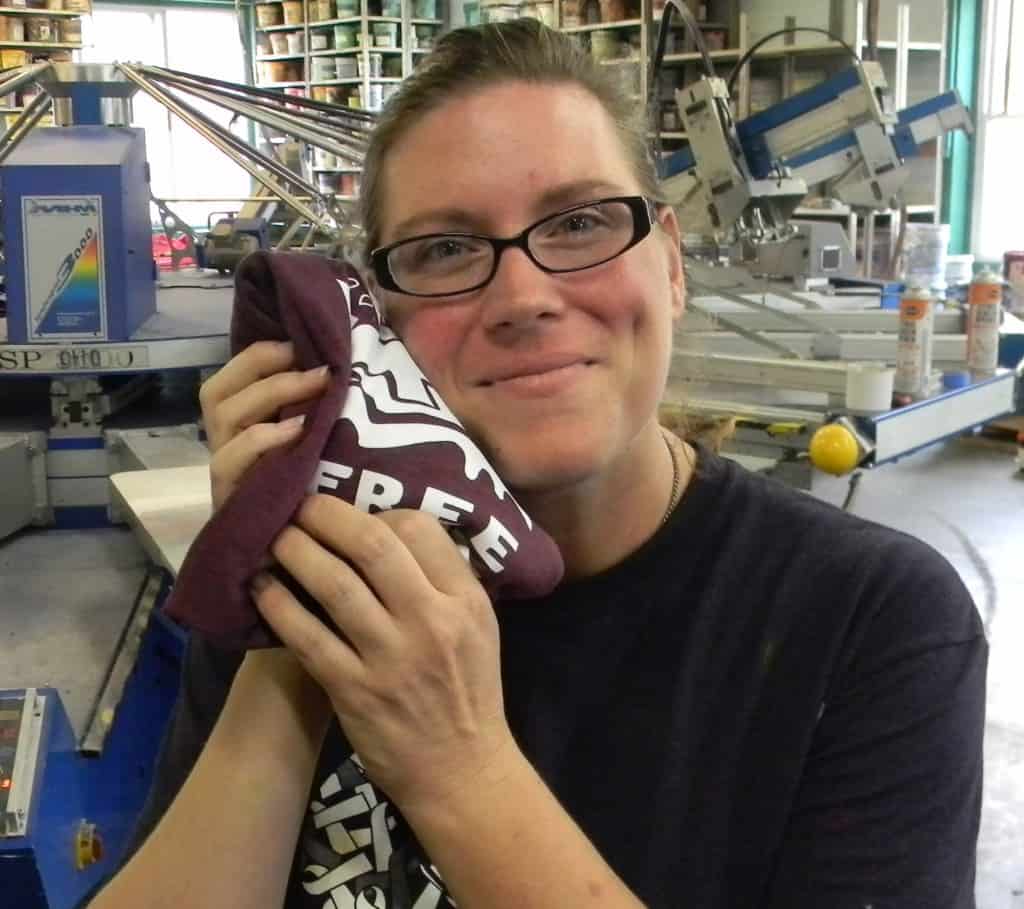
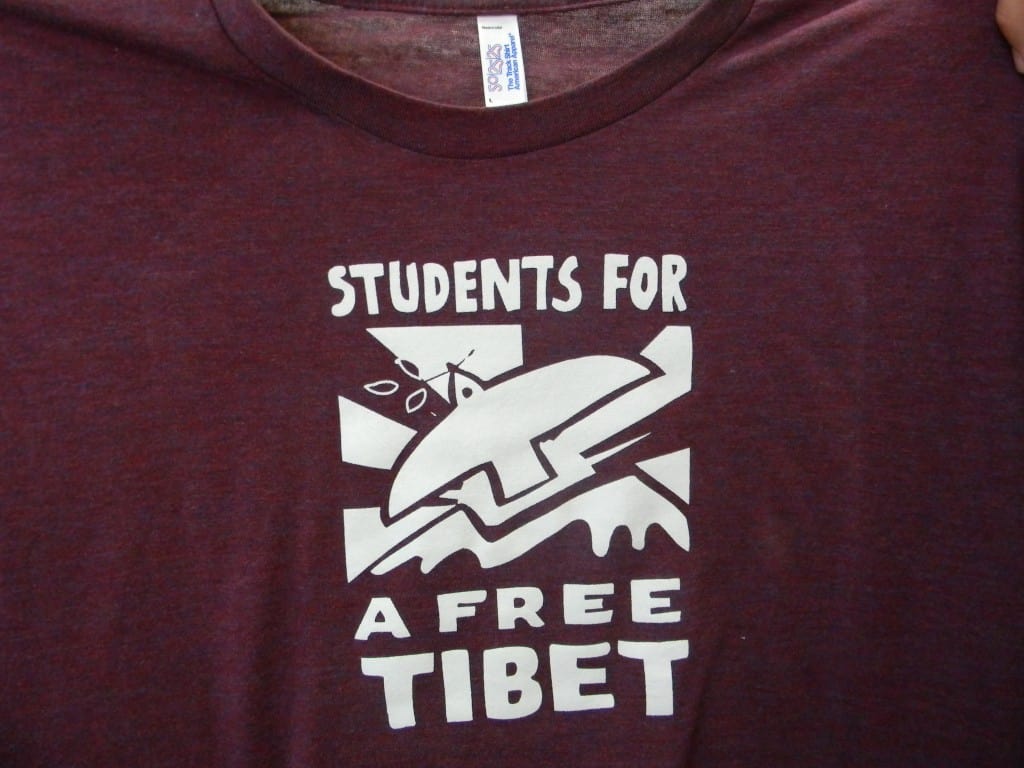
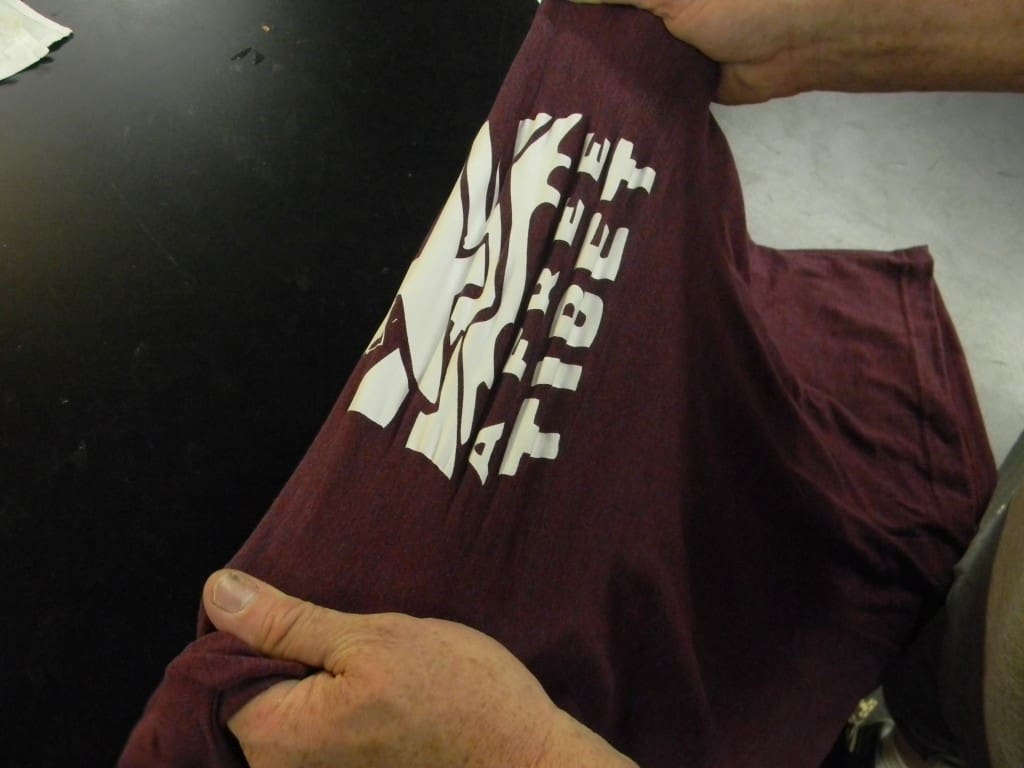
The printing method was Endurance grey printed down first, then flash, then a smoothing screen in the cool down station after the flash, then Endurance white on top.
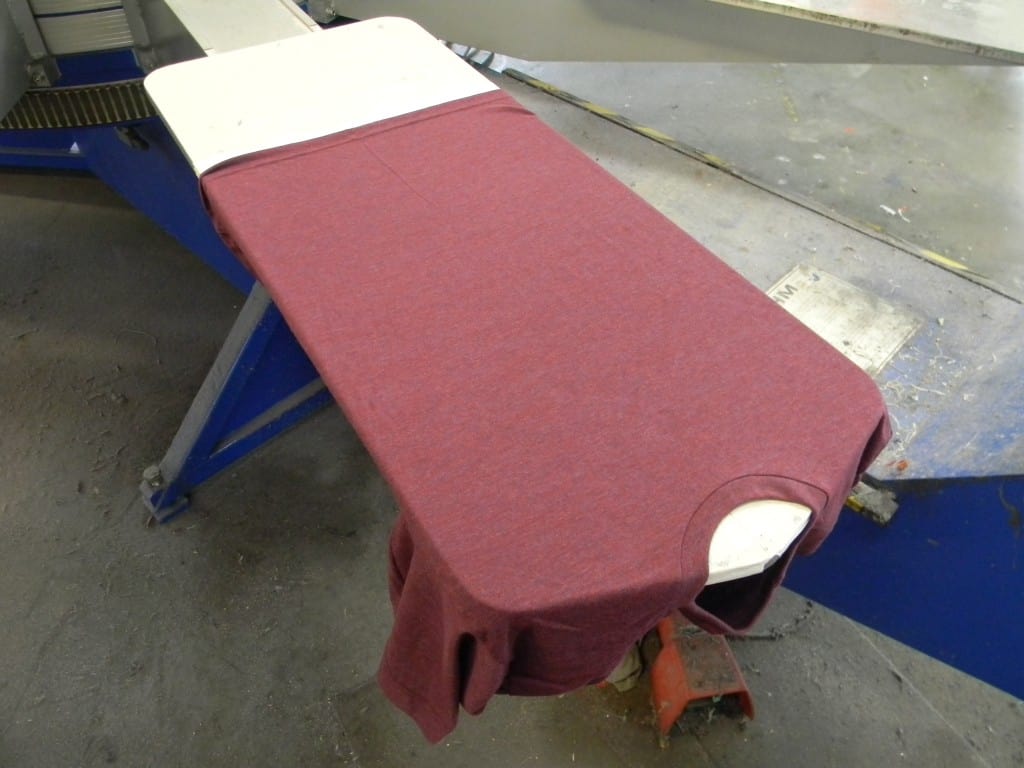

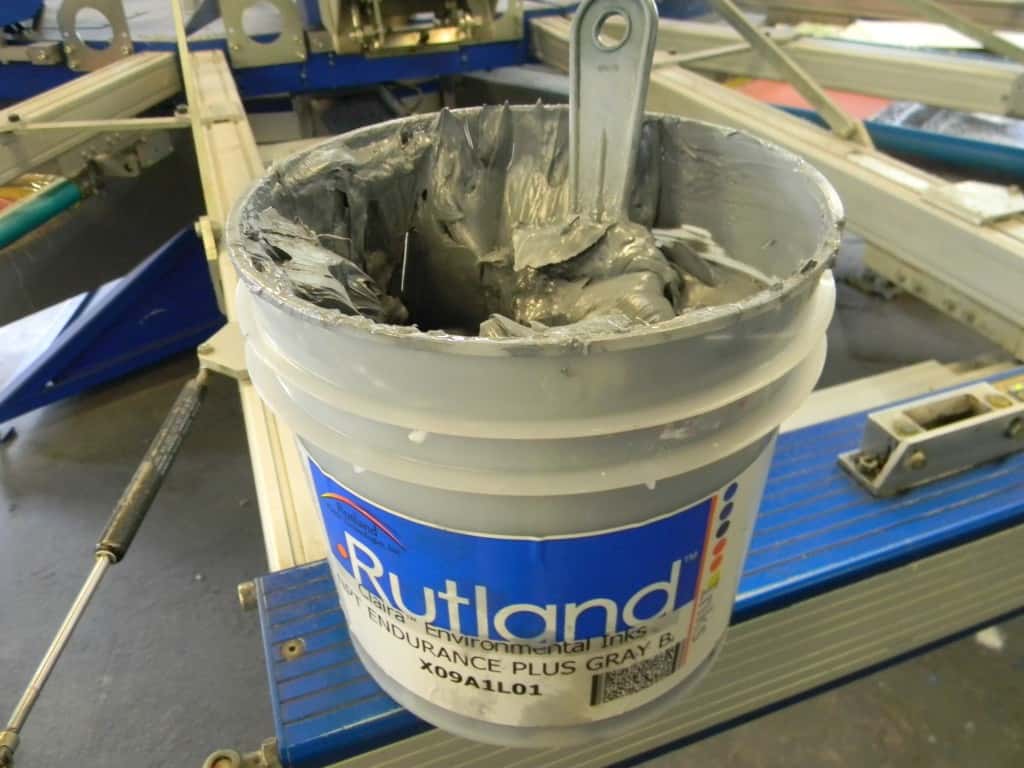
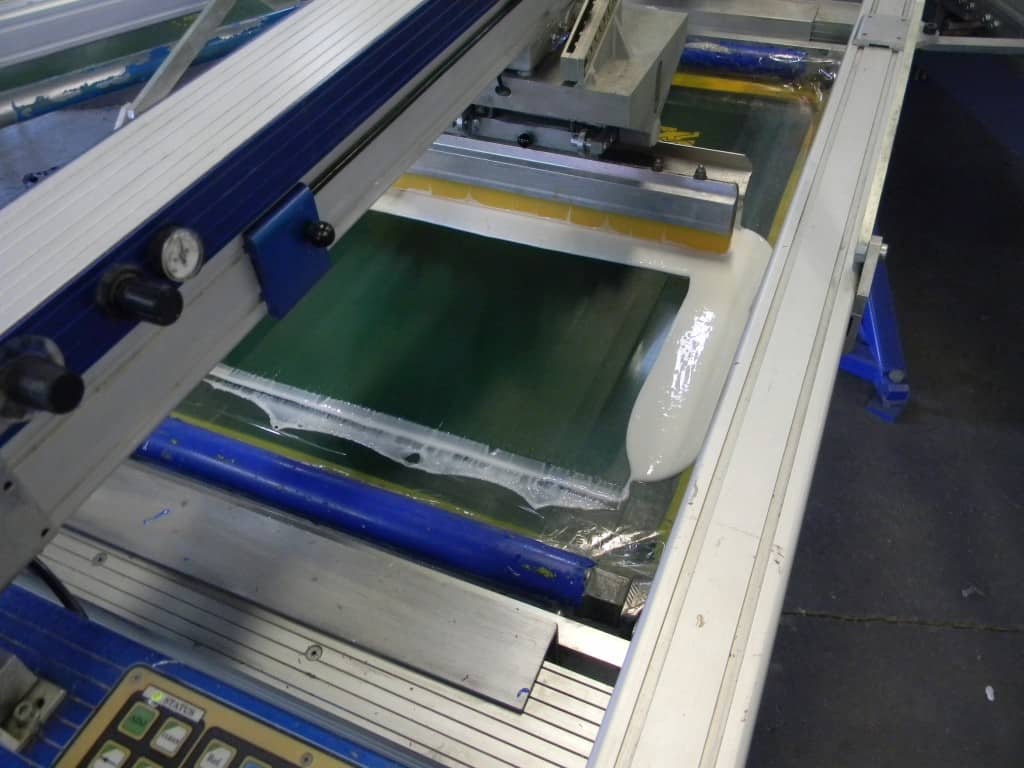

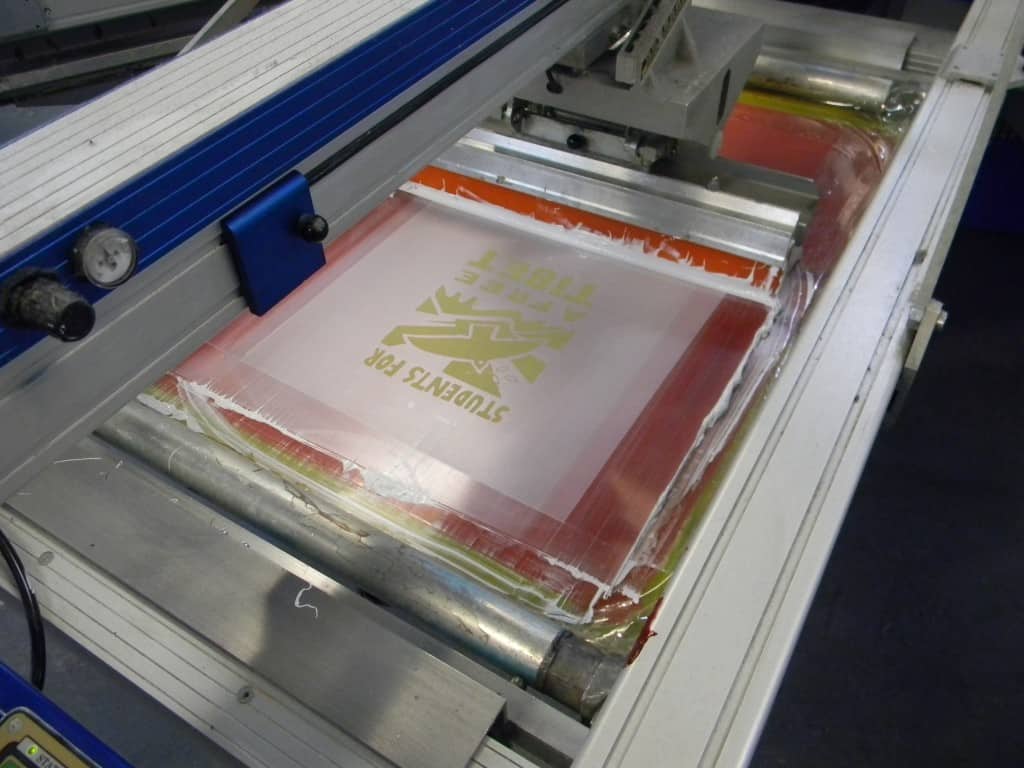
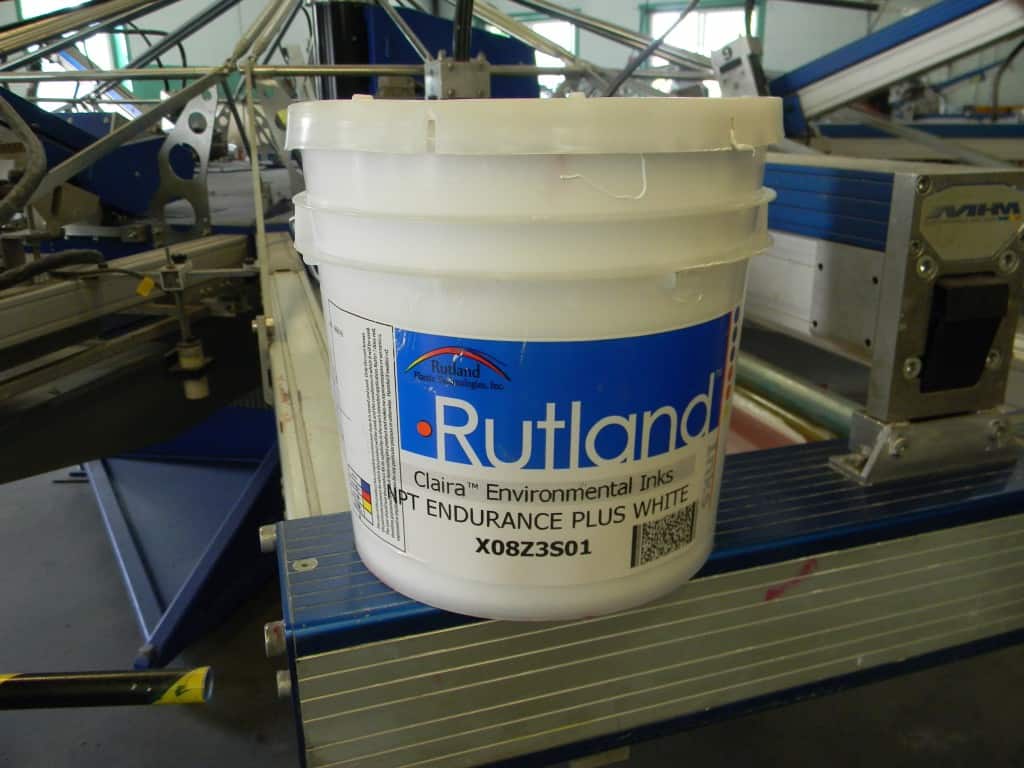


The biggest problem we have with printing onto tri blends, especially those that have a higher % of polyester then cotton, is flashing with a quartz flash. On certain colors we get the “pattern” of the quartz bulbs burnt into the fabric. That`s on 2 sec and 90% power. Does not happen on our Acoma flash.